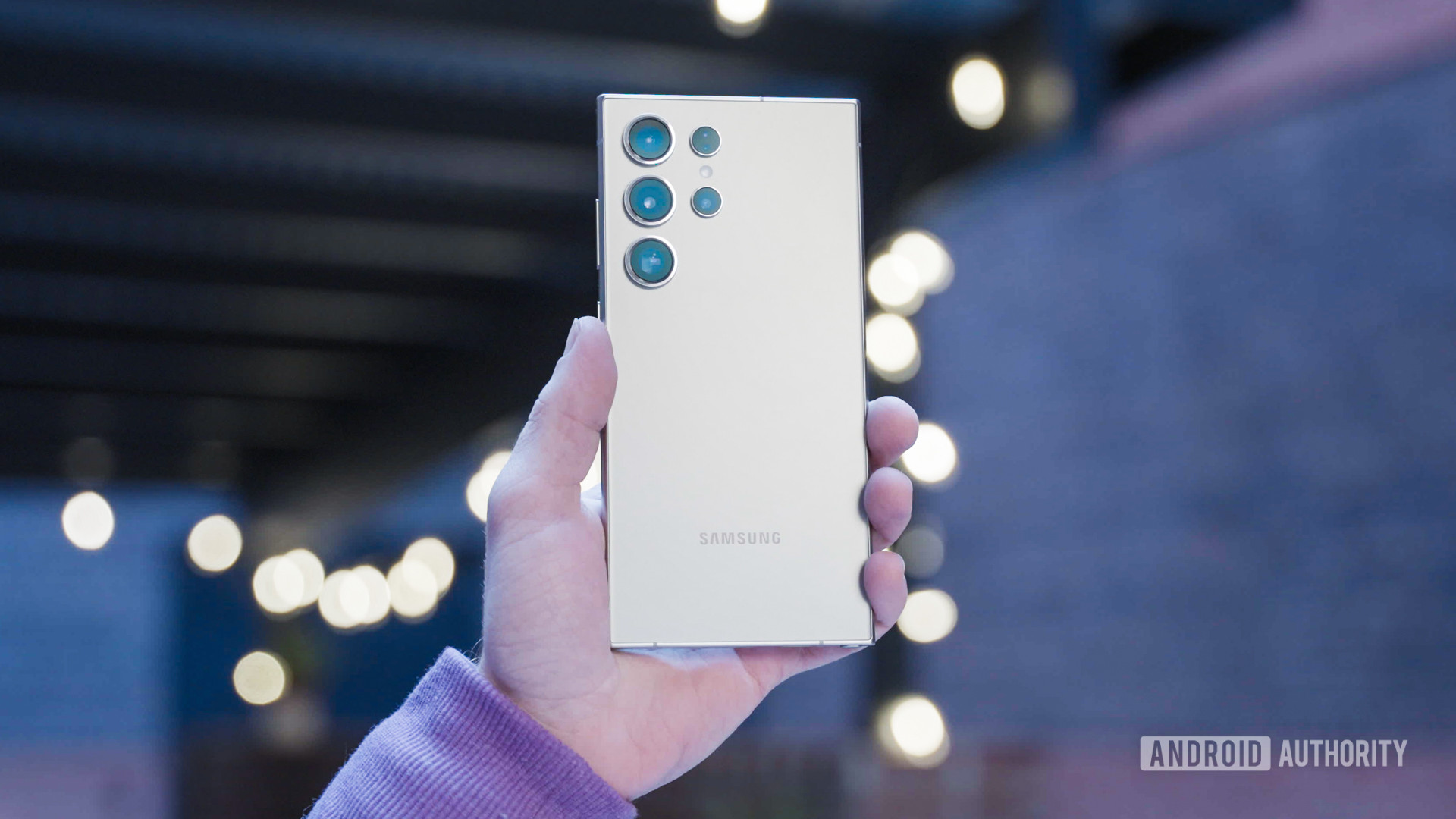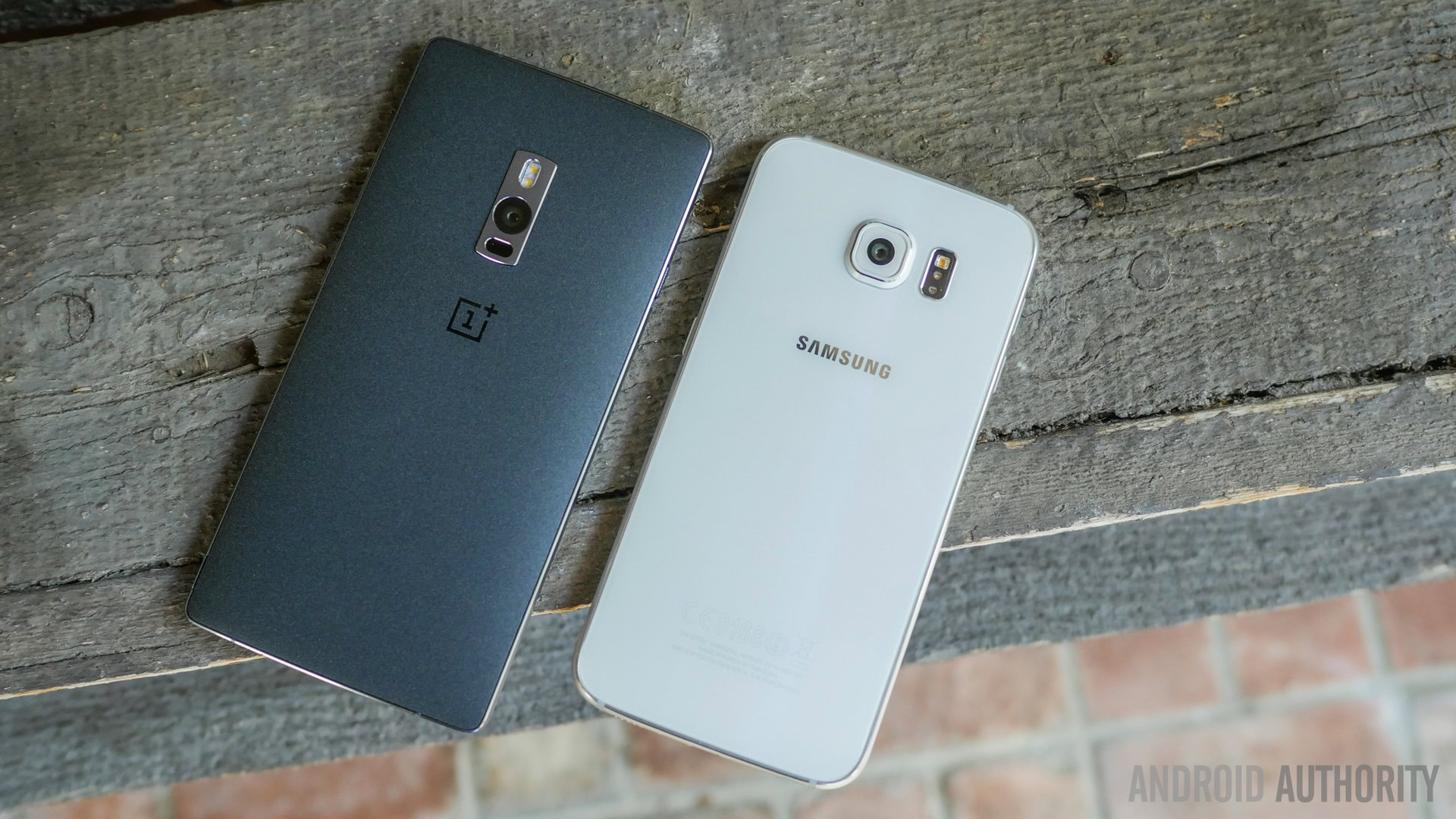Affiliate links on Android Authority may earn us a commission. Learn more.
OnePlus 3: 5 things we want to see
Published onJune 2, 2016
OnePlus has managed to become one of the quickest growing smartphone manufacturers thanks to their competitive hardware, low prices and impressive social media interaction. Their few handsets have managed to make a big impact in an industry that is insanely hard to compete in, and now we await their upcoming flagship.
The OnePlus 3 is set to be announced in less than 2 weeks, this June 14th. Rumors and leaks tell us a lot about what we can expect from the upcoming “flagship killer”, but what is it that we really want to see it touting? Are they fixing some of the flaws we saw in its predecessors?
Let’s go through our list of the 5 most important things we would like to see from the OnePlus 3.
OnePlus reviews:
Bring back NFC!
People request it and the rumors attest it – the OnePlus 3 is said to bring NFC back to the equation. The Chinese startup decided to get rid of the NFC chip from last year’s flagship, apparently due to lack of use by owners of OnePlus products. They said it was a feature not many where using, and it saved them some bucks to get rid of it.
According to Statista, estimates show about 166 million people will be active NFC users by 2018. That may seem like a huge number, but it is still a small percentage compared to the full amount of active Android devices (currently over 1.4 billion), which should also grow by 2018.
While many folks out there still aren’t using NFC, it’s become a standard in the industry. We expect it to launch on every smartphone, especially smartphones that claim to be “flagship killers.”
Improved camera
OnePlus had a bad camera year in 2015, so we’re hoping things will look better this year (literally). The OnePlus X had a very inconsistent camera, while the OnePlus 2‘s camera app struggled more than we would have liked. What will be of the OnePlus 3 camera?
For now, all we know is it will have a 16 MP main camera. Of course, that doesn’t tell us very much, other than the fact that they did make some changes to the camera technology. Last year’s flagship had a 13 MP sensor; but of course, those megapixels usually don’t mean much.
Let’s hope this time they make at least a decent camera. The OnePlus One is so far the only one we haven’t complained much about, in terms of picture quality.

Quicker software updates
Despite the fact that Android 6.0 Marshmallow has been available to OEMs for around 7 months now, the OnePlus 2 is still running Lollipop. The company promised Marshmallow would come to the device by the end of March, but we’re now in June and the software still in beta.
This is unfortunate. When people buy flagship smartphones they expect to get at least one major software update before the next model arrives. Now, it’s worth noting that the OnePlus 2 has received some pretty helpful updates over the past few months, but none that bump the software version up to 6.0.
Software updates are a huge undertaking for manufacturers, and we understand that OnePlus is a small company. But that shouldn’t be an excuse. Phones (especially flagship killers) should be updated within the first few months of a new OS release. Here’s to hoping the OnePlus 3 changes things.
Fast charging
Despite having a processor that supports Quick Charge 2.0, the OnePlus 2 never took advantage of the fast charging technology. In fact, none of OnePlus’ smartphones have ever come with Quick Charge support, which is unfortunate.
It’s become a very frustrating thing for users, as these devices tend to come with large batteries. The OnePlus One had a 3,100 mAh battery, while the OnePlus 2 had a 3,300 mAh one. It takes a while to charge those without some help!
OnePlus needs to make things right with the OnePlus 3. Fast charging has become a standard on flagship phones, and for many, this feature is crucial for a good experience.
More polished software
One of the most interesting parts of the OnePlus One was its software. It was launched running Cyanogen. The deal between OnePlus and the ROM developer then ended and now the Chinese startup is using its own Oxygen OS.
We know Cyanogen has a huge follower base and many of you were sad to see this transition. But having another UI is not really the problem. After all, Oxygen OS has a clean and simple interface that very closely resembles Google’s. The problem is that, despite its light nature, Oxygen OS just can’t seem to get rid of bugs.
We have said it in our reviews for both the OnePlus 2 and OnePlus X. Oxygen OS is immature and buggy. We certainly hope OnePlus fixes this with the OnePlus 3. This upcoming handset has been seen sporting Android N, so maybe things will be looking up with the new Android version.

What do you want to see from the OnePlus 3?
Those are the five things we’d like to see from the OnePlus 3. Can you think of any others? Let us know what you think in the comment section below!